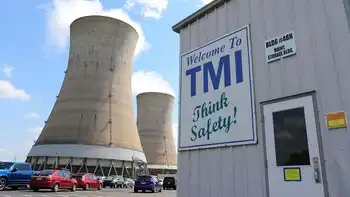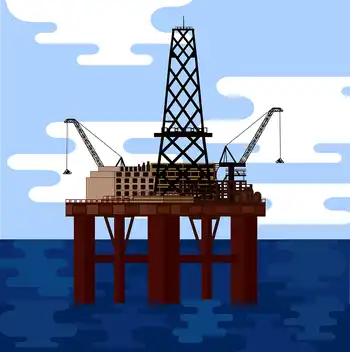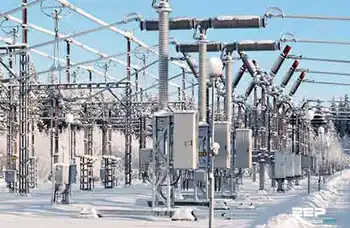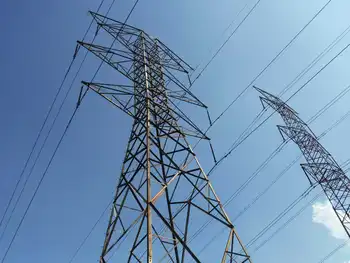US FERC tackles utilities' RTO plans at Wed meeting
DEC. 15 DEADLINE APPROACHING - WASHINGTON Federal regulators were expected to pressure reluctant U.S. utilities on Wednesday to meet a December deadline to combine their electric transmission assets.
FERC, which oversees the nation's power grid operators, has ordered utilities in the Southeast, Northeast, Midwest and West to combine their assets into a handful of regional transmission organizations (RTOs) by the end of the year.
FERC-watchers expect few solid RTO decisions from Wednesday's meeting. ``There will be a lot of interesting discussion but no real votes,'' one industry source said on condition of anonymity.
The agency has pushed hard to create the RTOs to avoid a repeat of the power crisis in California last winter, in which the antiquated U.S. grid prevented more power from flowing into the state.
Under FERC's plan, the RTOs would be for-profit groups in the U.S. Northeast, Midwest, Southeast and West. Each region would combine public utility transmission facilities to provide open access, more reliable power and lower rates for consumers.
On Wednesday, commissioners will report on lessons learned after a five-day conference FERC hosted last week. Several state utility commissioners criticized FERC at the meeting for leaving them behind in the RTO formation process.
The state officials demanded that FERC prepare a cost-benefit analysis of the RTOs before moving forward.
DEC. 15 DEADLINE APPROACHING The clock is winding down on the Dec. 15 deadline FERC set for utilities to submit plans for RTO membership. The agency said it plans to make a final pronouncement on the number of RTOs it will approve at the next FERC meeting on Nov. 7.
Wednesday's meeting will likely feature FERC commissioners prodding hesitant utilities to submit their plans, sources said. ``Everyone will be told, 'this is it guys. We've seen enough futzing around','' another source said.
FERC is likely to be especially critical of efforts to establish a Midwest RTO.
Progress there has been mired in a FERC-led settlement process to combine two competing regional transmission owner groups -- the non-profit Midwest Independent System Operator and the for-profit Alliance Regional Transmission Organization.
``Midwest players will be told it's time to get their act together,'' another source said.
Commissioners will likely express frustration at the pace of progress on a Midwest RTO, but ``they won't tip their hand on their plans,'' a source said.
FERC on May 8 approved a settlement between the two parties that would create a Midwest RTO stretching from the Dakotas to the mid-Atlantic states.
Some traditional utilities have been hesitant to join RTOs because they will some lose control over the rates they charge other companies to use their power lines.
CALIFORNIA MARKET ON DOCKET The California electricity refund case is also on the agenda for the agency's Wednesday meeting. FERC previously announced an Oct. 29 technical conference to reconsider its California power market pricing policies.
FERC commissioners could make a determination about the governance structure of the California Independent System Operator or vote on a possible audit of the group, sources speculated.
The commission in June put controls on the California power market after supply shortages sent wholesale prices soaring and at least one state investor-owned utility into bankruptcy.
FERC said possible changes to its current price mitigation plan could include eliminating a 10 percent bonus added to California prices to compensate for possible credit-worthiness shortfalls.
The Bush administration last week said it will nominate Republican electricity expert Joseph Kelliher to fill the fifth seat on the commission, currently empty. Utility lobbyists and lawmakers forecast a speedy Senate confirmation.
Related News

Three Mile Island at center of energy debate: Let struggling nuclear plants close or save them
THREE MILE ISLAND - Three Mile Island is at the center of a new conversation about the future of nuclear energy in the United States nearly 40 years after a partial meltdown at the Central Pennsylvania plant sparked a national debate about the safety of nuclear power.
The site is slated to close in just two years unless Pennsylvania or a regional power transmission operator delivers some form of financial relief, says Exelon, the Chicago-based power company that operates the plant.
That has drawn the Keystone State into a growing debate: whether to let struggling nuclear plants shut down if they cannot…




